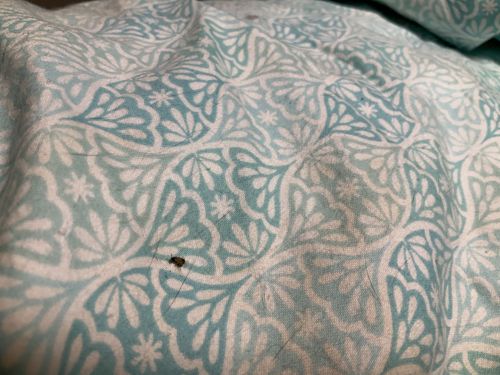Aphid
Scientific Name: Aphidoidea (Superfamily)
Order & Family: Hemiptera, Aphididae
Size: 1 to 5 millimeters

Natural Habitat
Found on various plants, both indoors and outdoors, in gardens, agricultural fields, and greenhouses. They tend to cluster on new growth, undersides of leaves, and stems.
Diet & Feeding
Aphids are phytophagous (plant-eating), feeding on plant sap using their piercing-sucking mouthparts. They extract nutrients from the phloem of plants.
Behavior Patterns
Aphids reproduce rapidly, often parthenogenetically (without fertilization), leading to large colonies. They can be winged or wingless, with winged forms dispersing to new plants. They excrete a sugary substance called honeydew. Ants sometimes 'farm' aphids for their honeydew.
Risks & Benefits
Risks: Aphids are significant agricultural pests, causing damage to plants by stunting growth, distorting leaves, and transmitting plant viruses. Their honeydew can also lead to sooty mold growth. Benefits: They serve as a food source for many beneficial insects like ladybugs, lacewings, and hoverfly larvae, which helps in natural pest control.
Identified on: 11/20/2025